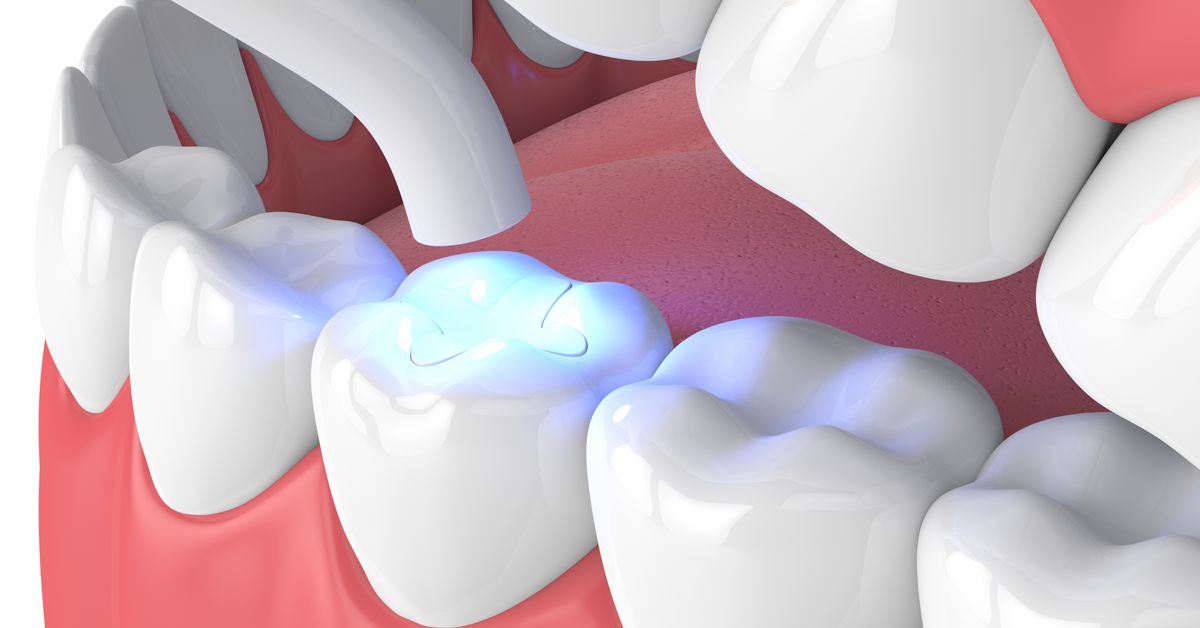Tooth fillings have become one of the most common dental treatments conducted worldwide. They are used to restore teeth that have been affected by cavities or injuries. In addition, if you have tooth pain or sensitivity, your dentist may suggest a filling to restore the function of your tooth and avoid further deterioration. Here's everything you need to know about tooth fillings.
What are tooth fillings?
Tooth fillings are materials used to cover holes or substitute missing or injured tooth parts caused by decay or injury. The most common filler materials are amalgam, hybrid resin, metal, and porcelain.
Amalgam fillings are a metal amalgam made up of silver, copper, tin, and mercury. They are long-lasting and strong, making them an excellent option for teeth that are constantly under strain from chewing.
Hybrid resin fillings are made of a combination of plastic and glass. They are tooth-colored and can be matched to the hue of your natural teeth. They are also an excellent choice for front tooth repair or for patients who are worried about the look of their fillings.
Gold fillings are composed of gold alloy and are incredibly long-lasting. Therefore, they are typically used for large fillings that require additional strength and support.
Porcelain fillings, also known as inlays or onlays, are created in a dental facility to fix bigger cavities or more extensive harm. They are long-lasting, robust, and can be color-matched to your natural teeth.
When are tooth fillings necessary?
Dental fillings are usually suggested when a cavity has developed in a tooth. Cavities are caused by bacteria that release acid, which erodes the enamel. If the cavity is not addressed, it will become bigger and ultimately reach the inner layers of the tooth, causing pain, sensitivity, and even tooth loss.
Fillings can also be used to fix teeth that have been injured or damaged. For example, if you chip a tooth, your dentist may suggest a filling to fix the affected area and avoid further damage.
What happens during a filling procedure?
A local anesthetic is usually used to numb the area around the teeth before the filling process starts. Your dentist will then use a drill or laser to clear the damaged or decayed part of the tooth. After removing the damaged part of the tooth, your dentist will clean the region and prepare it for the filling material.
After that, the filling material is inserted into the cavity or injured area of the teeth. Next, your dentist will mold and polish the filling to guarantee proper fit and appearance. In some cases, a special light may be used to harden the filling material.
After the filling is applied, you may feel some sensitivity or pain in the area. This is normal and should go away in a few days. Visit your dentist promptly if you are experiencing significant pain or sensitivity.
How long do tooth fillings last?
A filling's lifespan is determined by a number of factors, such as the type of filling substance used, the dimension and location of the filling, and your dental hygiene habits. Composite resin fillings usually last 7-10 years, whereas amalgam fillings can last up to 15 years. Gold and porcelain fillings have an extended lifespan, lasting up to 20 years or more.
It is essential to practice good oral hygiene habits to maintain the longevity of your fillings. Brushing twice a day, flossing daily, and visiting your dentist for cleanings and check-ups on a regular basis are parts of proper oral care. Avoiding sweet or acidic drinks and food can also help you avoid cavities and extend the life of your fillings.
The bottom line
Tooth fillings are a widely used and effective way to fix damaged teeth. They can help you restore the function of your teeth, avoid further damage, and enhance your oral health. However, if you have tooth pain or sensitivity, you should see your dentist to see if a filling is required.






Comments